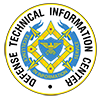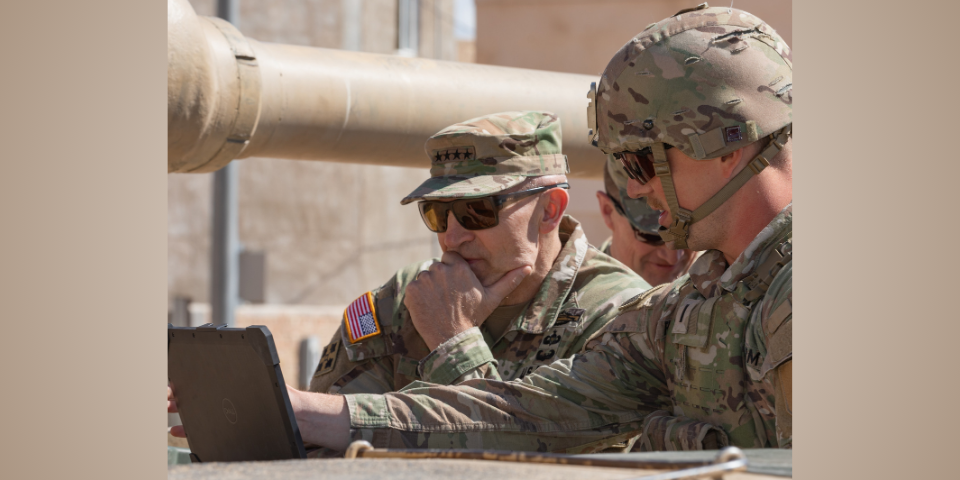FORT IRWIN, Calif. (March 11, 2025) – The Army’s next-generation command and control effort is reaching a critical milestone at Project Convergence Capstone 5, where commanders and soldiers are employing new capabilities in realistic mission scenarios and conditions.
Next-generation command and control, known as NGC2, aims to provide the integrated information framework that commanders need to make rapid decisions across warfighting functions, giving them an edge over adversaries. NGC2 will also enable Army tactical units to operate faster and more dispersed by providing lighter, more mobile, and survivable network and C2 equipment.


